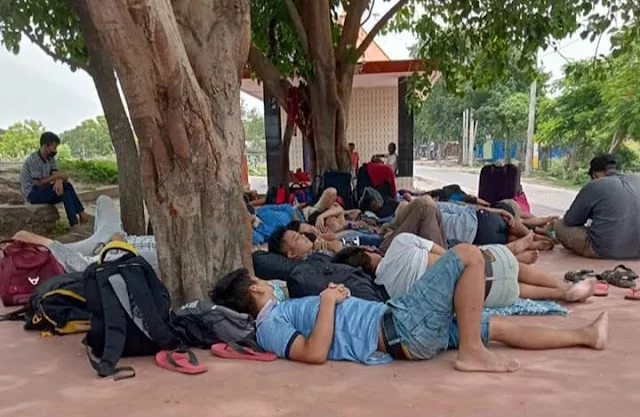Ebola is a rare but deadly virus that causes bleeding inside and outside the body.
As the virus spreads through the body, it damages the immune system and organs. Ultimately, it causes levels of blood-clotting cells to drop. This leads to severe, uncontrollable bleeding.The disease, also known as Ebola hemorrhagic fever or Ebola virus, kills up to 90% of people who are infected.
 |
| Ebola Virus infection |
How Do You Get Ebola?
Ebola isn’t as contagious as more common viruses like colds, influenza, or measles. It spreads to people by contact with the skin or bodily fluids of an infected animal, like a monkey, chimp, or fruit bat. Then it moves from person to person the same way. Those who care for a sick person or bury someone who has died from the disease often get it.
Other ways to get Ebola include touching contaminated needles or surfaces.
You can’t get Ebola from air, water, or food. A person who has Ebola but has no symptoms can’t spread the disease, either.
What Are the Symptoms of Ebola?
Early on, Ebola can feel like the flu or other illnesses. Symptoms show up 2 to 21 days after infection and usually include:
- High fever
- Headache
- Joint and muscle aches
- Sore throat
- Weakness
- Stomach pain
- Lack of appetite
As the disease gets worse, it causes bleeding inside the body, as well as from the eyes, ears, and nose. Some people will vomit or cough up blood, have bloody diarrhea, and get a rash.
How Is Ebola Diagnosed?
Sometimes it’s hard to tell if a person has Ebola from the symptoms alone. Doctors may test to rule out other diseases like cholera or malaria.
Tests of blood and tissues also can diagnose Ebola.
If you have Ebola, you’ll be isolated from the public immediately to prevent the spread.





